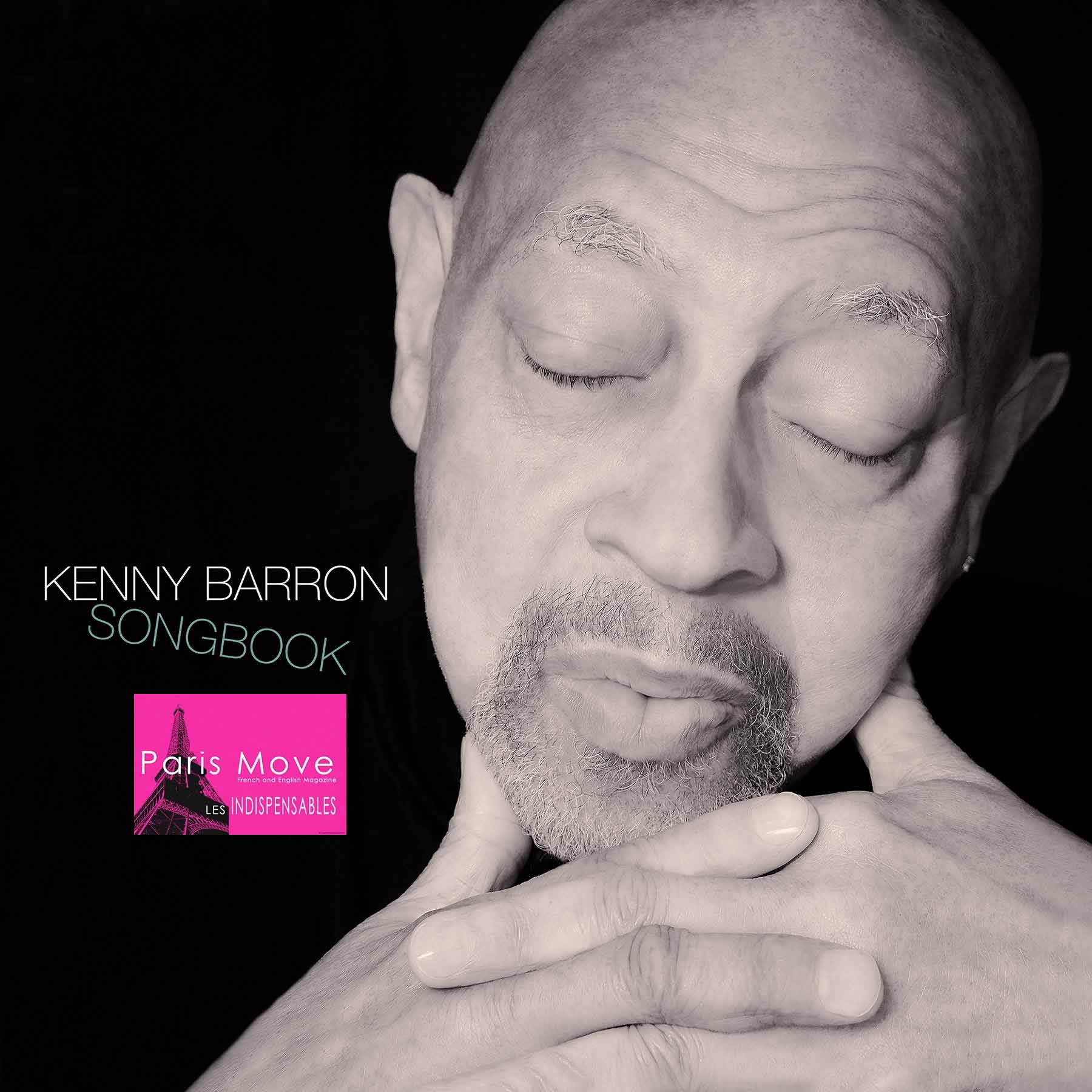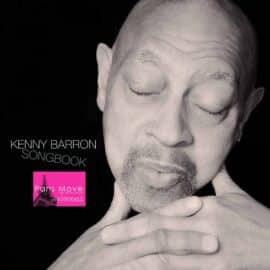| Jazz |

About the venerable jazz pianist Kenny Barron as he celebrates his 82nd year, and the remarkable voices that join him as torch-bearers for the future of jazz singing.
When Kenny Barron turns 82, it is with the grace of a musician whose years of listening, playing and imagining have subtly transformed into a kind of quiet mastery. He is no longer simply a pianist who makes notes, but a composer of spaces, a curator of moods, a storyteller who uses the keys as much as brushes. In his latest venture, Songbook, he chooses not the bombastic flourish of youth, but the thoughtful cadence of voice and trio piano, inviting us into a room where sound is as much a conversation as a performance.
Barron’s decision to centre his latest work on songs, vocal pieces, rather than purely instrumental showcases, already says something about his journey. He is not a young lion leaping into the fray of jazz reckoning; he is a sage gathering younger voices, shaping the tapestry of melody and meaning. Among them are three singers whose presence is, in itself, a statement about jazz’s evolution. They are not mere guests on his record; they are interlocutors. The way Barron frames their contributions is affirming: jazz is both tradition and transformation.
Take Kavita Shah. Based in New York, but cosmopolitan in her reach, navigating Brazilian rhythms, West African inflections and Indian nuance, she brings to Barron’s “Lullabye” a delicacy that bridges continents. Her interpretation reminds us that jazz has never belonged to a single geography or set of rules; it is elastic, porous, ever-changing. Barron’s composition, paired with her voice, becomes something like a trans-oceanic lullaby, soothing and exploratory at once.
Then there is Ekep Nkwelle, a Washington native whose soulful presence on “Illusion” and the symphonic poem “Sonia Braga” offers us both introspection and homage. A tribute to the legendary Brazilian actress, “Sonia Braga”, is itself a signal of Barron’s global sensibility. Nkwelle’s tone has something meditative, intentional, serene; he draws breath and space around the melody, allowing each phrase to unwind as though in slow motion. By placing this kind of voice in his trio format, Barron shows us that jazz vocalism today can thrive not in excess, but in restraint.
Finally, we meet Tyreek McDole from Florida. On “Calypso,” wordless but lit with the bright energy of Trinidadian accent, and on “Marie Laveau”, a mysterious, suspense-tinged piece named for the famed voodoo priestess of New Orleans, McDole demonstrates how jazz singing can whisper and shimmer, all at once. His voice becomes an instrument among instruments, not dominating, but weaving its texture into Barron’s architecture.
At the centre of the project, connecting these artists, lies a deeper story: the enduring creative partnership between Kenny Barron and lyricist Janice Jarrett. Their collaboration goes back to the late 1960s, when Jarrett served as secretary to Barron’s older brother, saxophonist Bill Barron, during a jazz workshop at Brooklyn’s Children’s Museum. That origin speaks of roots in community, in teaching, in exploration, far from grand commercial ambition. On Songbook, the lyrics Jarrett wrote for music originally featured on Barron’s 2007 album The Traveler reappear for the first time in this context. Jarrett’s comment is illuminating:
“When I listen to Kenny’s music, I see images and moments … He gave me complete freedom to write the lyric,he trusted me.”
That trust is emblematic of Barron’s art. He is not a domineering band-leader but a facilitator of expression. He builds frameworks so others may speak. In his acoustic trio format, he gives space for voices to orbit, to shine, to breathe. For an artist of his vintage, a veteran of the ’70s (remember the album Sunset to Dawn) and beyond, that clarity of purpose is rare.
What is perhaps most compelling about Songbook is how it stitches together generations. Alongside the emerging voices of Shah, Nkwelle and McDole are singers with more established reputations, such as Jean Baylor, Ann Hampton Callaway, Catherine Russell and Kurt Elling—each of whom has become, over time, something of a “classic” figure within modern vocal jazz. These inclusions are not mere token gestures; they reflect a continuum. Barron acknowledges that jazz singing is evolving, and that today’s young artists are inheriting a terrain already shaped by those who came before. But he resists the notion of replacement: instead of supplanting tradition, the younger singers extend it, deepen it, re-interpret it.
One might pause, thoughtful: why at 82 dive into such collaborative vocal terrain rather than rest on laurels? The answer lies in Barron’s identity as an explorer. He has never been content with familiar chords or predictable patterns. From his early albums to this very project, he has sought out new voices, new contexts, new dialogues. This pursuit is not about novelty for novelty’s sake; it is about musical possibility. In choosing the trio acoustic setting, Barron strips away excess, inviting clarity: the piano, the voice, the silence between them. In that silence is meaning.
There is one moment worth noting: while the album includes vocalists across the spectrum, one voice, that of Cécile McLorin Salvant, feels slightly less at home here. Her formidable talent is unquestioned, yet her recent explorations appear to be searching for a fixed ground. In the company of these other voices, her contribution seems slightly adrift, though still deeply pleasurable. It underscores the reality of this project: not all voices come from the same map of jazz today. Some are still mapping their terrain.
What Barron offers is more than an album. It is a statement, about mentorship, legacy, and renewal. He is passing on something, yes: the craft of listening, the architecture of accompaniment, the humility of collaboration. But he is also clearing space for what comes next. By handing the microphone (or the melody line) to the young voices, he affirms that jazz is not frozen; it is alive, breathing, branching.
In a time when questions of tradition versus innovation swirl around every art form, Barron’s Songbook delivers a subtle lesson: heritage is not a museum; it is a springboard. The piano chords that have held up through decades are not monuments but portals.
Kenny Barron is exactly where he should be: still at the piano, still composing, still inviting us in. On his 82nd birthday he doesn’t reflect on what he has done, he looks at what remains to be done. The voices here are not supporting cast; they are co-authors of what jazz might become. And in that, Barron shows how age and experience need not quiet the imagination, but can redirect it toward the future.
In the end, we are reminded that jazz, like any living art, belongs to many voices, many ages, many journeys. It thrives not by staying the same, but by evolving with generosity. And Kenny Barron, as he enters his ninth decade, remains its generous steward.
Thierry De Clemensat
Member at Jazz Journalists Association
USA correspondent for Paris-Move and ABS magazine
Editor in chief – Bayou Blue Radio, Bayou Blue News
PARIS-MOVE, October 18th 2025
Follow PARIS-MOVE on X
::::::::::::::::::::::::
Musicians :
Kenny Barron – piano
Kitagawa – double bass
Johnathan Blake – drums
Track Listing and vocalists
- Beyond This Place (feat. Jean Baylor)
- Until Then (feat. Jean Baylor)
- Cook’s Bay (feat. Ann Hampton Callaway)
- Thoughts and Dreams (feat. Cécile McLorin Salvant)
- Illusion (feat. Ekep Nkwelle)
- Minor Blues Redux (feat. Catherine Russell)
- In The Slow Lane (feat. Kurt Elling)
- Sunshower (feat. Cécile McLorin Salvant)
- Calypso (feat. Tyreek McDole)
- Lullaby (feat. Kavita Shah)
- Sonia Braga (feat. Ekep Nkwelle)
- Marie Laveau (feat. Tyreek McDole)
- Song for Abdullah (feat. Cécile McLorin Salvant)

